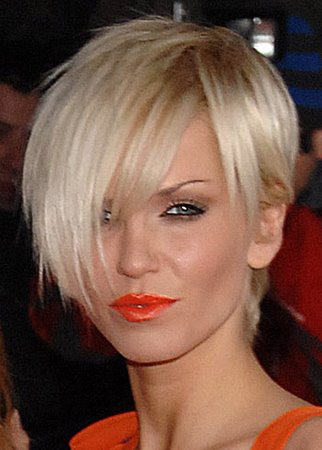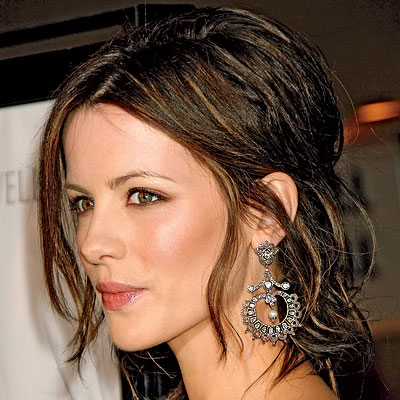The anatomy of a hair
Hair, dead or not, is pure protein called keratin, which is formed by amino acid linking together in the chain called a peptide bond. Keratin hairs a high sulfur content and any chemical process – whether perms, strengtheners or peroxide-based colors - works by manipulating the sulfur bonds in the hair shaft. Were you to examine a hair under a high powered microscope, you would see not as solid length, but a series of colorless, transparent, over the net lapping shingle - or scale like structures of keratin, which am the cuticle. The scales of the cuticles are as color less. The major part of the hair shaft, the cortex and the medulla, hold the natural color of hair. If the cuticle stays flat and undamaged, hair considered healthy. Damaged cuticles gives hair such problems as frizzes and split ends. Hair products are designed to manipulate the cuticle and, as such, are only temporary measures.
If you mistreat your hair by teasing, over brushing, excessive heat (blow dryers, hot rollers, or curling irons), or by using products with a high percentage of alcohol (which is very drying), the individual scales of the cuticle will stand op and separate. The effect: dullness, frizzies, and split ends. You can spray on products to make your hair gleam, and you can use the product to control the frizzies. But for split ends, there is but in one cure: Cut them off.








The anatomy of your hair